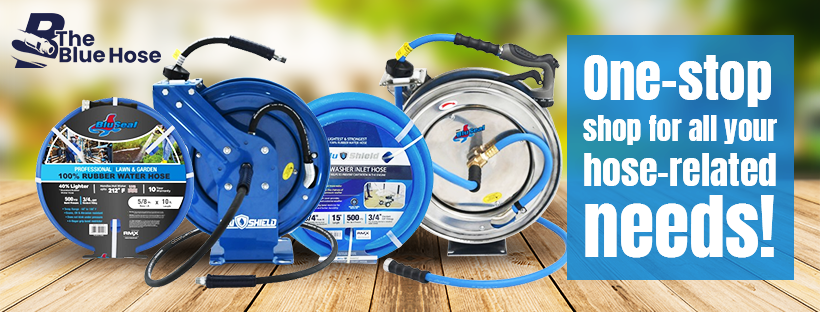Air compressors are essential tools that are used in various industries and DIY projects. They help to power pneumatic tools that can make tasks more convenient. However, apart from the power capacity of the compressor, another important factor determines the overall efficiency of the pneumatic machine – the length of the air hose attached to it.
Thus, in this blog post, we shall discuss air hose lengths and how they can affect the overall airflow of the compressor.
So, let’s get winding!
Understanding Air Hose Length and Resistance
To understand the relationship between air hose length and compressor air flow, we first need to understand the concept of air resistance. When air travels through the hose it encounters friction and resistance, which gradually reduces the pressure and air flow. Thus, the longer the hose, the more friction air will encounter.
Longer air hoses will result in higher pressure drops. Pressure drops refer to the reduction in air pressure as it moves through the hose. This drop is directly proportional to the length of the hose and can compromise the performance of your pneumatic tools. Tools that require a consistent and high-pressure airflow, such as sanders or spray guns, may experience a noticeable decline in efficiency with a lengthy hose.
Moreover, the diameter of the air hose also plays a significant role in minimizing pressure drop. Larger diameter hoses allow for greater airflow, reducing the resistance encountered during transit.
When selecting an air hose, it's crucial to match the diameter to the specific requirements of your tools and compressor. A hose with the correct diameter will help maintain optimal airflow and preserve the efficiency of your pneumatic system.
Practical considerations for air hoses
Now that we've established the theoretical aspects of air hose length and resistance, let's discuss some practical considerations for users to ensure optimal performance.
1. Tool-Specific Requirements
Different pneumatic tools have varying airflow requirements. Tools like impact wrenches or pneumatic nail guns often demand higher airflow, while less demanding tools like airbrushes may tolerate a lower pressure. Understanding the specific requirements of your tools is crucial when choosing the appropriate hose length to maintain consistent performance.
2. Balancing Length and Mobility
While shorter hoses generally offer better performance, it's essential to strike a balance between hose length and mobility. Consider the nature of your work and how far you need to move around. Opting for a hose that allows flexibility without sacrificing performance is key to a seamless workflow.
3. Investing in Quality Hoses
Quality matters when it comes to air hoses. Investing in a high-quality, durable hose with minimal resistance can mitigate the negative impact of length on airflow. Reinforced hoses with strong materials not only resist kinking and tangling but also provide a more efficient pathway for air to reach your tools.
Conclusion
The relationship between air hose length and compressor airflow is a critical factor that directly influences the efficiency of your tools.
Thus, learning to balance practical considerations with the theoretical understanding of pressure drops and resistance will enable you to make informed decisions when you purchase air hoses for your projects.
Get the best air hoses for your air-compressor tool, only at TheBlueHose!


